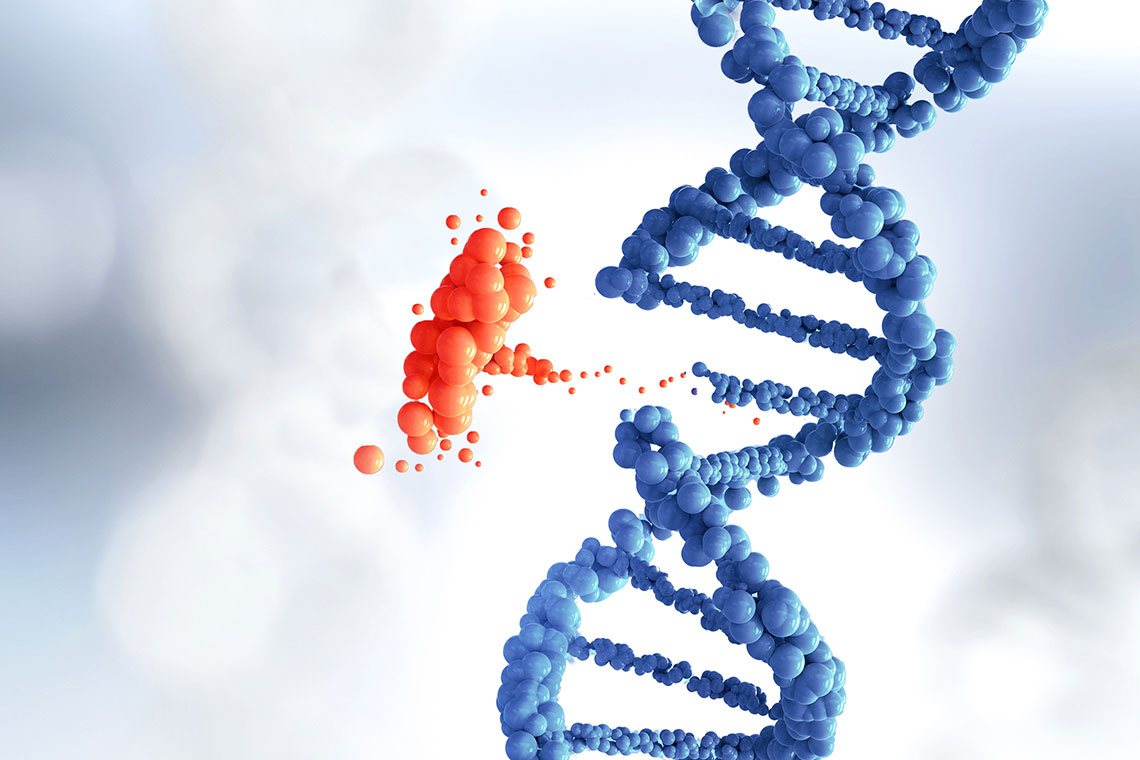What are the symptoms of Refsum disease?
Refsum disease is a rare inherited disorder affecting the metabolism of certain fatty acids. The symptoms of Refsum disease can vary widely but generally include:
1. Neurological Symptoms
- Peripheral Neuropathy: Numbness, tingling, or weakness in the arms and legs due to nerve damage.
- Ataxia: Problems with balance and coordination.
- Muscle Weakness: Generalized muscle weakness or wasting.
- Vision Problems: Loss of vision or difficulty seeing due to retinal damage.
- Hearing Loss: Progressive hearing loss or tinnitus (ringing in the ears).
2. Dermatological Symptoms
- Ichthyosis: Dry, scaly skin that can be thickened, often appearing as fish-like scales.
3. Cardiac Symptoms
- Cardiac Arrhythmias: Irregular heartbeats or other heart-related issues, though less common.
4. Skeletal Symptoms
- Bone Deformities: In some cases, abnormalities in bone structure or development may occur.
5. Cognitive and Psychological Symptoms
- Cognitive Impairment: In some cases, there may be cognitive difficulties or changes in mental status.
- Behavioral Changes: Changes in mood or behavior may occur, though this is less common.
6. Other Systemic Symptoms
- Fatigue: General fatigue or tiredness.
- Delayed Development: In some cases, developmental delays in children.
Refsum disease is caused by a deficiency in the enzyme phytanoyl-CoA hydroxylase, leading to the accumulation of phytanic acid and other related compounds in the body. Early diagnosis and management, which typically involve dietary modifications to reduce the intake of phytanic acid, can help manage symptoms and improve quality of life. If you suspect Refsum disease or are experiencing these symptoms, consult a healthcare professional for evaluation and appropriate treatment.
What are the causes of Refsum disease?
Refsum disease is caused by a genetic mutation that leads to a deficiency in the enzyme phytanoyl-CoA hydroxylase. This enzyme is crucial for breaking down phytanic acid, a type of fatty acid found in certain foods. Here are the key causes:
1. Genetic Mutation
- Phytanoyl-CoA Hydroxylase Deficiency: The primary cause of Refsum disease is a genetic mutation in the PHYH gene, which provides instructions for producing phytanoyl-CoA hydroxylase. This enzyme is responsible for metabolizing phytanic acid.
2. Inherited Condition
- Autosomal Recessive Inheritance: Refsum disease is inherited in an autosomal recessive pattern. This means that a person must inherit two copies of the mutated gene—one from each parent—to develop the condition. If a person inherits only one mutated gene, they are a carrier but do not typically show symptoms of the disease.
3. Accumulation of Phytanic Acid
- Impaired Metabolism: Due to the deficiency of phytanoyl-CoA hydroxylase, phytanic acid accumulates in various tissues, including the blood, nervous system, and skin. This accumulation disrupts normal cellular function and leads to the symptoms associated with Refsum disease.
4. Dietary Factors
- High Phytanic Acid Intake: Ingestion of foods high in phytanic acid, such as dairy products and certain types of meat (especially ruminant animal products), can exacerbate symptoms in individuals with the enzyme deficiency.
5. Biochemical Pathway Disruption
- Incomplete Breakdown of Phytanic Acid: The accumulation of phytanic acid results from the impaired breakdown of this fatty acid, affecting various biological processes and leading to the symptoms of Refsum disease.
6. Secondary Factors
- Additional Metabolic Issues: Although less common, other metabolic issues or conditions can occasionally complicate Refsum disease or its management.
Diagnosis and Management
- Genetic Testing: Diagnosis is often confirmed through genetic testing to identify mutations in the PHYH gene.
- Dietary Management: Managing Refsum disease typically involves dietary modifications to reduce phytanic acid intake, alongside other supportive treatments.
If Refsum disease is suspected, consulting with a geneticist or metabolic specialist can help in diagnosing the condition and developing an appropriate management plan.
What is the treatment for Refsum disease?
Treatment for Refsum disease focuses on managing symptoms and reducing the accumulation of phytanic acid in the body. Here are the main approaches:
1. Dietary Management
- Low-Phytanic Acid Diet: The primary treatment involves a diet low in phytanic acid. This means avoiding foods high in phytanic acid, such as dairy products, beef, lamb, and certain other meats. The diet helps reduce phytanic acid levels and alleviate symptoms.
- Avoiding Certain Fats: Patients may need to limit or avoid fats from ruminant animals and certain types of fish.
2. Regular Monitoring
- Follow-Up Care: Regular monitoring of phytanic acid levels in the blood and periodic follow-ups with healthcare professionals to assess the effectiveness of dietary management and adjust the diet as needed.
3. Symptomatic Treatment
- Neurological Symptom Management: Treatments for symptoms like peripheral neuropathy, ataxia, and muscle weakness may include physical therapy, occupational therapy, or medications to manage pain and discomfort.
- Skin Care: For ichthyosis (dry, scaly skin), moisturizing lotions or emollients may be used to manage skin symptoms.
4. Genetic Counseling
- Family Planning: Genetic counseling is recommended for affected individuals and their families to understand the inheritance pattern of the disease, assess the risk for future children, and explore family planning options.
5. Supportive Therapies
- Multidisciplinary Approach: Involves working with various healthcare providers, including neurologists, dermatologists, and dietitians, to address different aspects of the disease and improve quality of life.
6. Research and Clinical Trials
- Experimental Treatments: Participation in research or clinical trials may provide access to new treatments or therapies that could be beneficial. Discussing such options with healthcare providers can be an option for some patients.
While there is no cure for Refsum disease, adherence to a low-phytanic acid diet and management of symptoms can significantly improve quality of life and prevent progression of the disease. Regular consultation with healthcare professionals is crucial for effective management.

Leave a Reply
You must be logged in to post a comment.